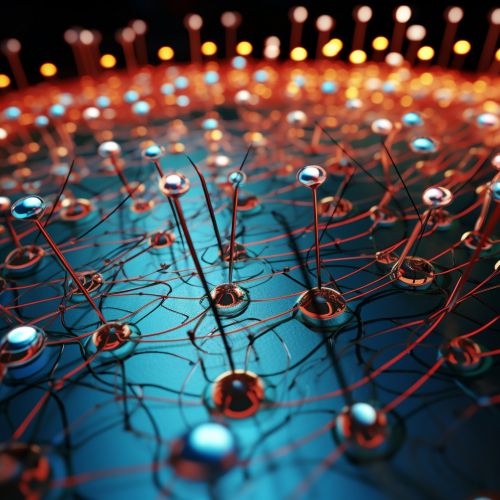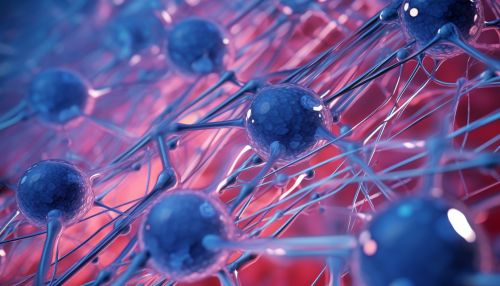Bioelectrochemical systems
Introduction
Bioelectrochemical systems (BES) are technologies that use the ability of microorganisms to convert chemical energy into electrical energy. These systems can be used for a variety of applications, including wastewater treatment, energy production, and biosensing.


Fundamentals of Bioelectrochemical Systems
BES are based on the principle of microbial fuel cells (MFCs), which are devices that use bacteria to convert organic and inorganic matter into electricity. In a BES, the microorganisms act as biocatalysts to oxidize organic matter and transfer electrons to an electrode, which is known as an anode. This process is known as electron transport.
The electrons are then transported to the other electrode, known as the cathode, via an external circuit. The movement of these electrons from the anode to the cathode generates an electric current. At the cathode, the electrons combine with protons and oxygen to form water, completing the circuit.
Types of Bioelectrochemical Systems
There are several types of BES, each with its own specific applications and advantages. These include:
Microbial Fuel Cells
Microbial fuel cells (MFCs) are the most common type of BES. They are used to generate electricity from organic waste materials. MFCs have the potential to be used in a variety of applications, including wastewater treatment, energy production, and biosensing.
Microbial Electrolysis Cells
Microbial electrolysis cells (MECs) are a type of BES that use microorganisms to produce hydrogen gas from organic matter. MECs have the potential to be a sustainable and renewable source of hydrogen, which is a valuable commodity in many industrial processes.
Bioelectrochemical Synthesis Cells
Bioelectrochemical synthesis cells are a type of BES that use microorganisms to produce chemicals and fuels from CO2 and electricity. These systems have the potential to be a sustainable and renewable source of valuable chemicals and fuels.
Applications of Bioelectrochemical Systems
BES have a wide range of potential applications, including:
Wastewater Treatment
BES can be used to treat wastewater by converting the organic matter in the wastewater into electricity. This process not only cleans the wastewater, but also generates a source of renewable energy.
Energy Production
BES can be used to generate electricity from organic waste materials. This can provide a sustainable and renewable source of energy, particularly in areas where access to traditional sources of energy is limited.
Biosensing
BES can be used as biosensors to detect the presence of specific chemicals or microorganisms in a sample. This can be useful in a variety of fields, including environmental monitoring, food safety, and healthcare.
Future Directions
While BES have shown great promise in laboratory settings, there are still many challenges that need to be overcome before they can be widely used in practical applications. These challenges include improving the efficiency of the systems, scaling up the technology for industrial use, and reducing the cost of the systems.
Despite these challenges, the future of BES looks promising. With continued research and development, these systems have the potential to revolutionize a variety of industries, from wastewater treatment to energy production.
